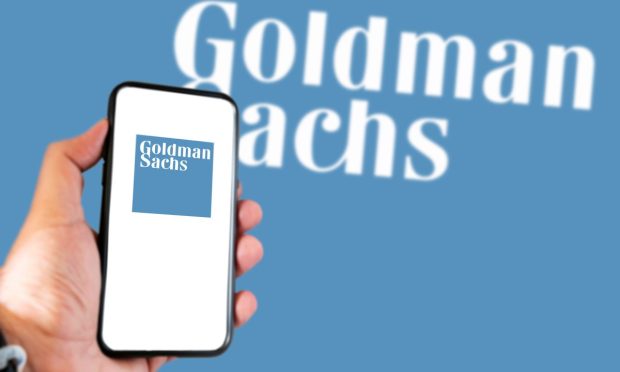Goldman’s Marcus Logs $110B in Deposits as Digital Bank Refocuses

Amid the macro headwinds, Goldman Sachs’ digital bank is a work in progress.
And now, according to the company, Marcus will be folded into the company’s asset and wealth management unit. Separately, a new division will contain transaction banking and the credit cards launched with Apple and General Motors.
That reorganization was reported Monday evening (Oct. 17), as the company seeks to revamp its organization into three divisions — investment banking and trading, asset and wealth management and platform solutions, which will house consumer partnerships, transaction banking and GreenSky, the home improvement loan fintech it acquired last year.
At the same time, Goldman’s direct-to-consumer banking arm, Marcus, will be folded into the wealth unit.
As Goldman Sachs CEO David Solomon said during an earnings call, “the global economy continues to face significant headwinds. Inflation remains high. Central banks are raising interest rates at a pace not seen in decades. Meanwhile, equity markets are well off their recent highs. Geopolitical instability and energy shocks are an ongoing concern, and [gross domestic product (GDP)] growth expectations are declining. Many of these trends accelerated toward the end of the quarter.”
The company’s Tuesday (Oct. 18) earnings supplementals showed that the consumer franchise, which includes Marcus, has logged $110 billion in deposits, along with $19 billion in loans and has 15 million active customers.
Drilling down into the Consumer and Wealth Management metrics, the company said that its loans tied to credit cards stood at $14 billion, up from $12 billion in the second quarter and $6 billion a year ago. At the same time, installment loans were $5 billion, unchanged from the second quarter of 2022 and up from $3 billion last year. Consumer banking-related revenues were $744 million, nearly double the rate seen last year.
Solomon noted during the conference call with analysts that the firm’s renewed direct-to-consumer (D2C) strategy means that “we will focus on existing deposit customers and consumers that the bank already has access to through channels like workplace and personal wealth, rather than seeking to acquire customers on a mass scale.”
During the question-and-answer session, and specifically touching on Marcus, management noted the company is “deliberately positioning ourselves” to attract deposits but will not be a “price leader.”
As to anticipation of loan losses, the company’s allowance for loan losses for the overall consolidated loan book, came in at $5.6 billion, up from $3 billion in the third quarter of last year. Goldman said in its general earnings release that its provision for credit losses was $515 million for the third quarter of 2022, compared with $175 million in the third quarter of 2021 and $667 million in the second quarter of 2022.
Provisions for the third quarter of 2022, per the release, “reflected consumer portfolio growth, net charge-offs and the impact of continued broad concerns on the macroeconomic outlook.” And during the call, Chief Financial Officer Denis Coleman said that “where [we’re] seeing some signs of credit deterioration and an increase in charge-offs, our credit performance remains in line with our expectations.”
